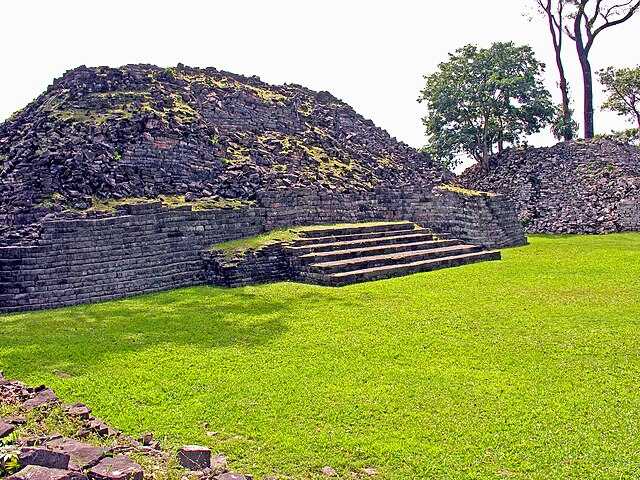Lubaantun is a pre-Columbian archaeological site of the Maya civilization located in the southern district of Toledo, Belize. Known for its distinctive architecture, which includes large pyramids and platforms arranged in a series of terraces, Lubaantun stands out as a significant center of the Late Classic period Maya. The site is famous for the discovery of the controversial Crystal Skull by the daughter of archaeologist F.A. Mitchell-Hedges. Lubaantun’s structures are primarily made from black slate rather than the limestone typical of the region. This has intrigued archaeologists and visitors alike, as it presents a unique example of Maya stone construction techniques.
Get your dose of History via Email
Historical Background of Lubaantun Belize
Lubaantun, which translates to “Place of Fallen Stones” in the Maya Kekchi language, was first discovered in the early 20th century. Thomas Gann, a British medical officer, stumbled upon the site in 1903. However, it was not until the 1920s that more extensive exploration took place. The British explorer F.A. Mitchell-Hedges led these expeditions, which brought Lubaantun to international attention. The Maya built Lubaantun during the Late Classic period, around AD 730 to 890, a time of significant development and complexity in Maya civilization.
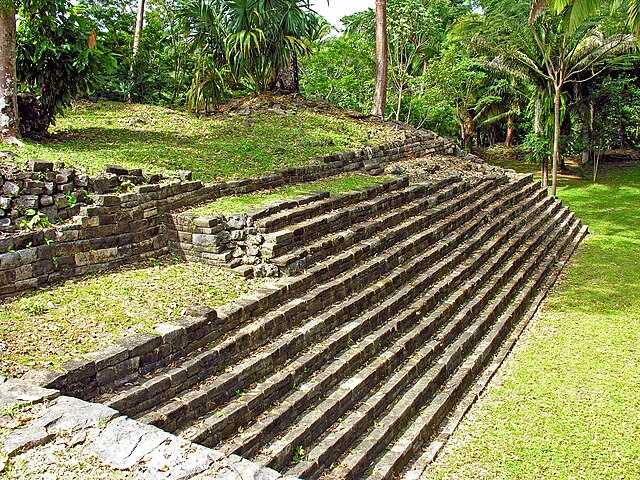
The city was a regional capital, dominating the area with its impressive architecture and strategic location. It served as a political, religious, and economic hub for the surrounding communities. After flourishing for about 160 years, Lubaantun was mysteriously abandoned around AD 890. Theories suggest that a combination of factors, including environmental stress, warfare, and social upheaval, contributed to its decline. Later, the site lay dormant, reclaimed by the jungle until its rediscovery.
Unlike many other Maya sites, there is no evidence that Lubaantun was re-inhabited by later cultures. Its ruins remained untouched until modern archaeological work began. The site’s isolation has helped preserve its structures, providing valuable insights into the Late Classic Maya period. Lubaantun’s history is not marked by any known historically significant events, such as battles or royal successions. Instead, its importance lies in its cultural and architectural contributions to our understanding of the Maya civilization.
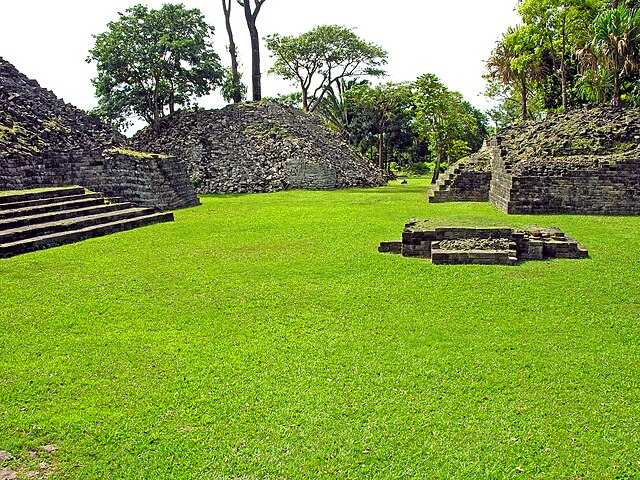
Archaeological work at Lubaantun has been relatively limited compared to other Maya sites. The most extensive excavations took place in the 1970s, led by Norman Hammond. These digs provided much of the current knowledge about the site’s layout and construction techniques. Despite this, Lubaantun remains somewhat enigmatic, with many aspects of its history and purpose still shrouded in mystery.
The site’s most famous artifact, the Crystal Skull, was allegedly discovered by Anna Mitchell-Hedges, the daughter of F.A. Mitchell-Hedges, in 1924. However, the authenticity and origins of the skull are highly contested. Many experts consider it a modern fabrication, not an ancient Maya artifact. The Crystal Skull has nonetheless contributed to the mystique and allure of Lubaantun, drawing curious visitors and researchers alike.

About Lubaantun Belize
Lubaantun is renowned for its unique construction style, which sets it apart from other Maya sites. The builders used large blocks of black slate, a material abundant in the region. They meticulously shaped these blocks without the use of mortar, relying on precise cutting and placement to create stable structures. This building technique is known as dry stone construction and is a testament to the skill of Maya engineers.
The site consists of eleven major structures, grouped around five main plazas. The core of Lubaantun features large pyramids, some reaching up to 20 meters in height, and expansive platforms that likely supported wooden superstructures. The architectural layout suggests a well-planned urban center with ceremonial and administrative functions. The rounded corners of the buildings are a distinctive feature, contributing to the site’s unique aesthetic.
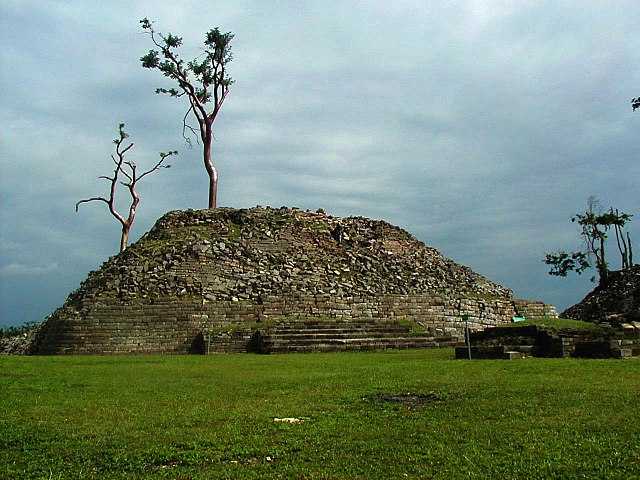
One of the most notable structures at Lubaantun is the large pyramid in Plaza A, which is thought to have held significant ceremonial importance. The site also includes a ball court, indicative of the cultural importance of the Mesoamerican ballgame to the Maya. The presence of this court underscores Lubaantun’s role as a cultural center within the region.
Archaeologists have also uncovered a wealth of artifacts at Lubaantun, including pottery, figurines, and obsidian blades. These finds provide clues about the daily lives of the Maya who inhabited the city, as well as their trade relationships with other regions. The ceramics found at Lubaantun are particularly notable for their elaborate designs and fine craftsmanship.
Despite its ruinous state, Lubaantun’s layout and artifacts continue to offer valuable insights into Maya civilization. The site’s remote location and the preservation of its structures have made it an important resource for understanding the diversity of Maya architectural and cultural practices.
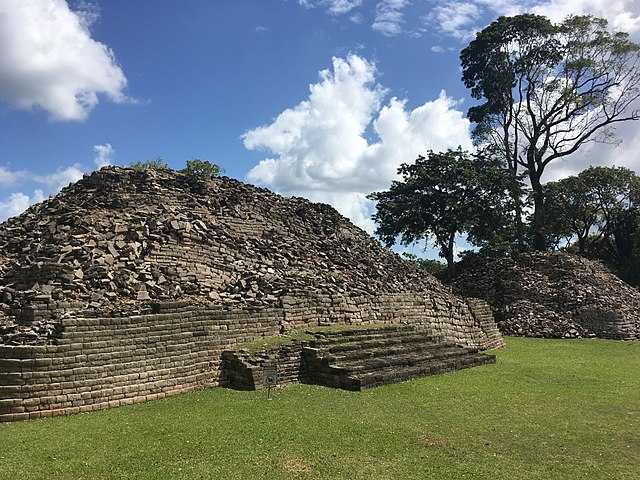
Theories and Interpretations
Several theories have emerged regarding Lubaantun’s purpose and the reasons for its abandonment. Some scholars suggest that the site was primarily a ceremonial center, as evidenced by the numerous temples and plazas. Others propose that it was an administrative hub, controlling trade routes and political power in the region.
The mystery of Lubaantun’s sudden decline has sparked much debate. Environmental factors, such as drought or resource depletion, are often cited as potential causes. Social theories, including internal conflict or invasion by external forces, have also been proposed. However, there is no definitive evidence to support any single theory, leaving the site’s fall an open question.
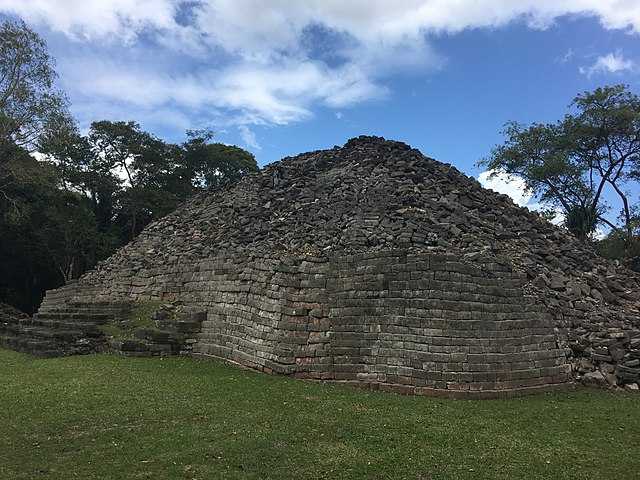
The Crystal Skull found at Lubaantun has been a source of fascination and controversy. While some believe it to be an ancient Maya artifact with mystical properties, most experts dismiss it as a 20th-century hoax. The skull’s association with Lubaantun has nonetheless contributed to popular interest in the site and the broader mythology of the Maya.
Archaeological dating of Lubaantun has been carried out using methods such as radiocarbon dating and ceramic analysis. These techniques have helped establish the timeline of the site’s occupation and provided a framework for understanding its development within the context of Maya history.
Interpretations of Lubaantun’s architecture and artifacts continue to evolve as new discoveries are made. The site’s unique characteristics, such as the dry stone construction and rounded corners, have led to various hypotheses about the technological and cultural innovations of the Maya who built it.
At a glance
- Country: Belize
- Civilization: Maya
- Age: Late Classic period, approximately AD 730 to 890

